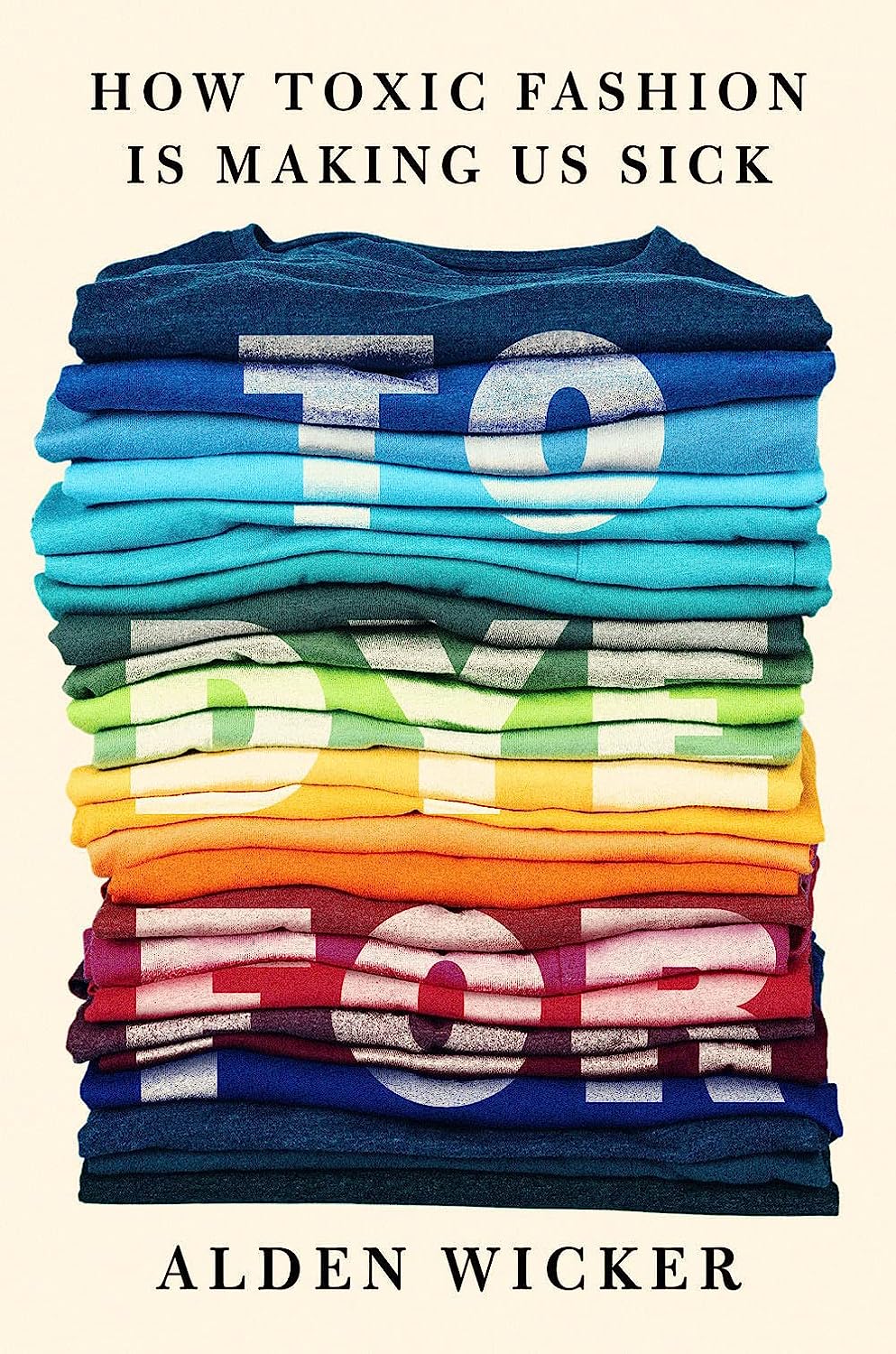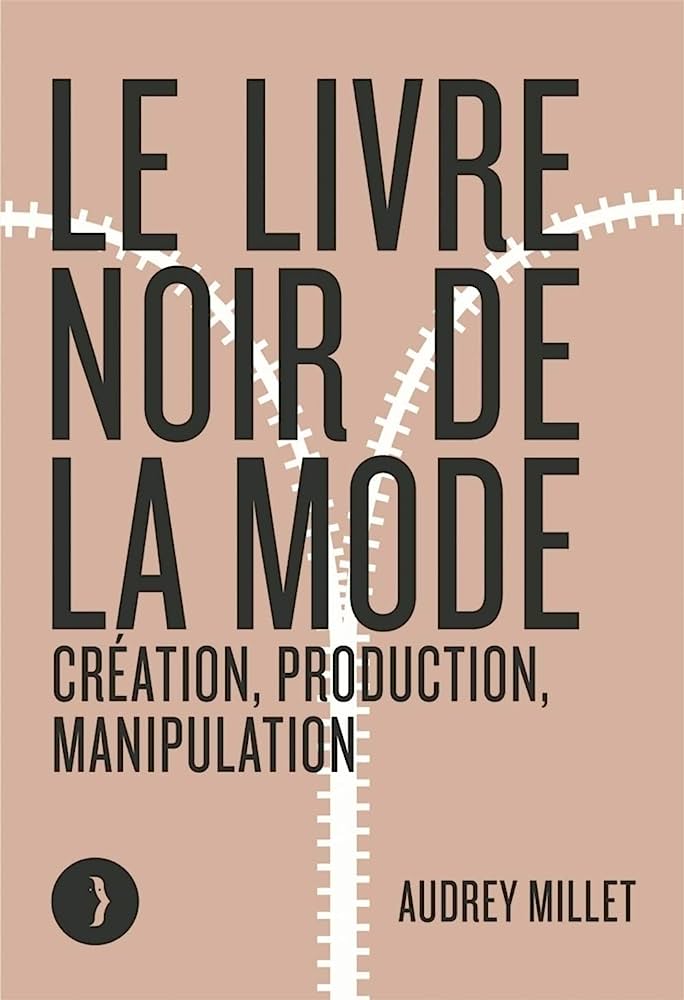While the general public is getting better and better at tracking down unwanted ingredients in food and cosmetics, this is still not the case for fashion. However, the textile sector is also rich in substances that can be harmful to humans and the environment.
A new article underlines this Keeper, taking the case of Alaska Airlines cabin crew. Following the adoption of new uniforms in the spring of 2011, several flight crew members began to suffer from skin rashes and respiratory problems. The company ended up having the clothes tested, which revealed an abnormal presence of tributyl phosphate, lead, arsenic, dyes known to be allergenic, or even dimethyl fumarate (an antifungal so allergenic the European Union banned it). A 2018 Harvard University study found that the number of aircrews suffering from these types of allergy symptoms has doubled since the introduction of these new uniforms. Some employees even developed autoimmune diseases and/or died prematurely, without the airline or the manufacturer of the uniform (Twin Hill) being held responsible. Other airlines offer similar flight suits, made of brightly colored polyester, the so-called ” High performance “, because it is antifungal and non-flammable, observes the Keeper.
These clothes filled with controversial or unknown substances
When we look at the health status of textile workers, who are overexposed to the chemicals used in the production of some garments, this type of health concern turns out to be omnipresent, in fact, as we read in the work To Dye For: how toxic fashion is making us sick and how we can react by Alden Wicker, published late June 2023. If this issue seems flagrant for textile workers and for professions where wearing a uniform is compulsory (I still remember my Quick uniform which gave me eczema all over my body. ..), everyday clothes can also be affected.

For example, in October 2022 the Center for Environmental Health in California found high levels of bisphenol A (a known endocrine disruptor) in polyester-spandex socks and sports bras from dozens of major brands, including Nike, Athleta, Hanes, Champion, New Balance and Fruit of the Loom. Rates sometimes went as high as 19 times the California safe limit. The following month, the NGO Greenpeace Germany released the results of tests on SHEIN items: 15% of the products contained dangerous chemicals that violated EU regulatory limits. In early 2023, menstrual panty brand Thinx was found guilty of containing harmful substances, including PFAS, nearly indestructible perfluorinated products which then accumulate in water, air, soil and exposed organisms (d ‘where their nickname of ‘ eternal pollutants “).
In France, environmentalists are proposing a law against PFAS
There are limits that must not be exceeded for some substances known to be allergenic in certain people. However, there are still too few studies interested in the potential cocktail effect of different ingredients combined, even below the authorized limits. Worse still: many chemical ingredients are found on clothing samples without us being able to identify them, for the moment, which can be worrying. Without saying that all these substances used in the textile industry (and not only) are bad in themselves, it is necessary to be able to study them individually and in combination with each other in order to be able to identify them and know whether or not they are harmless.
Unlike controversial substances like BPA that can be metabolized and eliminated from the body once you stop being exposed to them, others build up in the body. PFAS in particular (which are found, for example, in clothing with stain-resistant materials, used for professional uniforms, but also in certain school uniforms for children, or even in clothing intended for waterproofing), are targeted by some governments, including France. Some studies link PFAS to the potential development of cancers, fetal abnormalities, reproductive disorders, obesity, and immune dysfunction.

At the end of January 2023, fashion historian Audrey Millet presented a report on the presence of harmful products in clothing sold in Europe to the European Parliament in Brussels. And for her, as for the rest of the textile industry she interviewed, ” the next big health scandal will be the toxicity of clothes. This is for the time being blocking the investments that an approach to these issues would entail “, reports the specialized newspaper Fashion network. In its wake, French ecologists introduced a bill in April 2023 aimed at banning Pfas from 1um January 2025 when they are not essential, to check their presence in drinking water throughout the national territory and to ratify the principle of the polluter pays for the companies responsible for this pollution, also relays Publication.
BPA, PFAS… Concretely, how to dress without getting intoxicated?
In the meantime, what can we do, concretely? We can challenge public opinion and our elected politicians on what the ecological deputy Nicolas Thierry, who is fighting against the PFAS in the National Assembly and which already presents as ” one of the worst health scandals “. And we can inform ourselves, to choose clothes in the most enlightened way possible. Preferring second-hand items, especially if they are very vintage, used, and not new items, allows us to affirm that some of the controversial substances may have remained in the washes. As for new garments, we can turn to labels that guarantee a certain traceability such as bluesign, GOTS, and above all Oeko-Tex.It is better to favor natural materials such as cotton, wool, silk, rather than synthetic materials, especially if they claim to be resistant stain resistant, odor resistant, easy to care for or iron free.It is also best to wash new clothes before wearing them for the first time.
@madmoizellecom Can we really ban SHEIN? #concretely #madmoizelle #shein #fastfashion #edutok #tiktokfrance #fyp #pourtoi #fashion
♬ original sound – Madmoizelle
@madmoizellecom Can we really ban SHEIN? #concretely #madmoizelle #shein #fastfashion #edutok #tiktokfrance #fyp #pourtoi #fashion
♬ original sound – Madmoizelle
Do you like our articles? You will love our newsletters! Sign up for free on this page.
The latest articles on
fashion industry
-
How the OMÔL brand dresses Made In Africa
-
SHEIN invites influencers to its factories who praise it… And yes, it reeks of scam
-
After AliExpress, Wish and SHEIN, Temu lands in Europe, and risks causing havoc
-
Don’t call me Jennyfer wants her placement in receivership: 1,112 jobs threatened
-
This fashion school exploded in Paris, leaving 37 injured and 1 missing
-
Patagonia and fast-fashion have more factories in common than you can imagine
Source: Madmoizelle
Mary Crossley is an author at “The Fashion Vibes”. She is a seasoned journalist who is dedicated to delivering the latest news to her readers. With a keen sense of what’s important, Mary covers a wide range of topics, from politics to lifestyle and everything in between.




